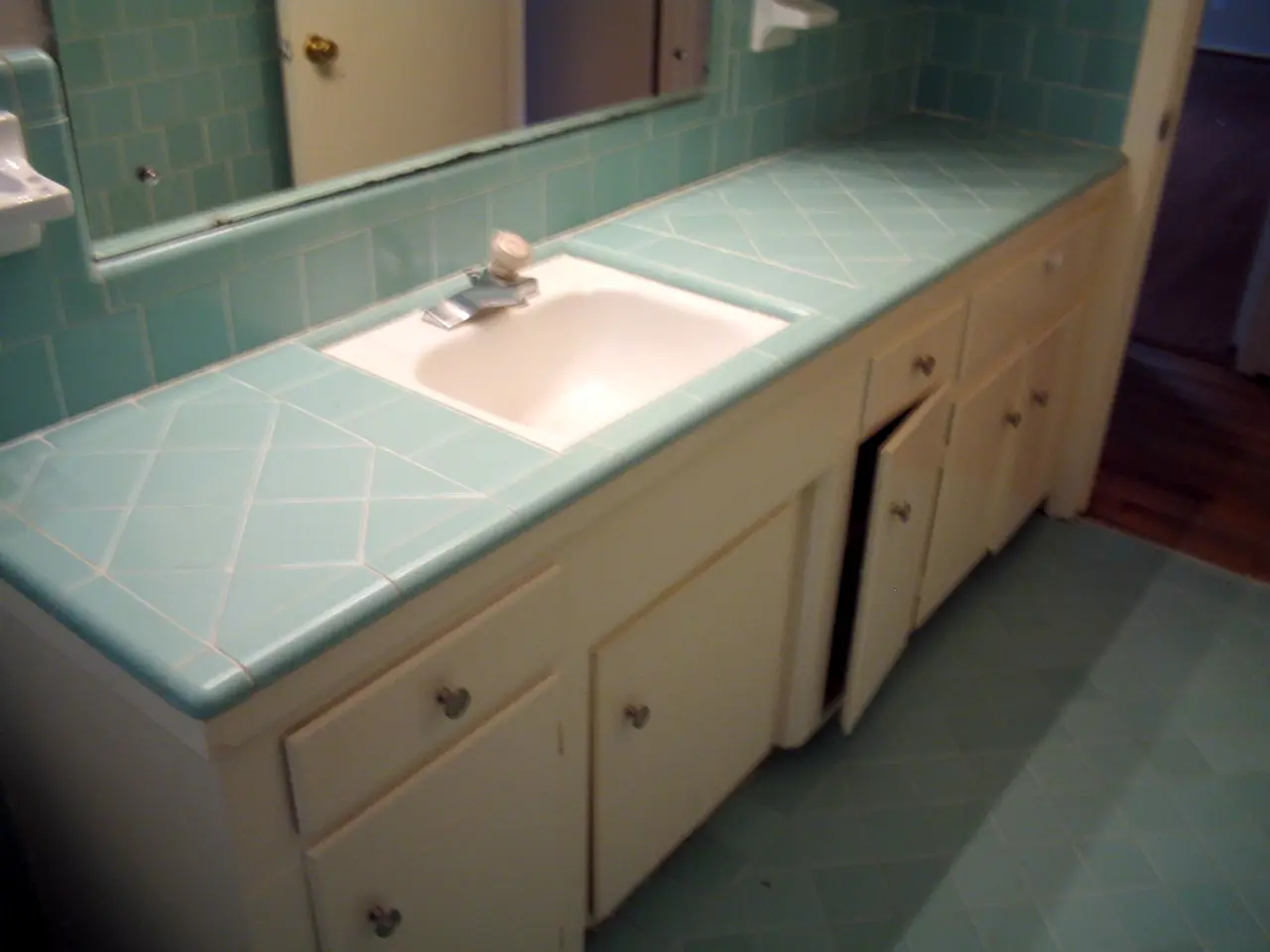Installing a Kitchen Sink Waste: DIY Guide for a Hassle-Free Process
**Installing a Kitchen Sink Waste Unit: A Step-by-Step Guide**
A kitchen sink waste unit, often referred to as a garbage disposal or food waste disposer, is an essential addition to modern kitchens. This appliance, designed to shred food waste into small particles, reduces the likelihood of clogs and facilitates efficient waste disposal.
**Components of a Kitchen Sink Waste Unit**
The typical kitchen sink waste unit consists of a motor and horsepower, blades and grinders, and a flange and mounting assembly. The motor powers the grinding mechanism, while the blades and grinders, made from stainless steel, pulverize waste via high-speed rotation. The flange and mounting assembly connect the disposer to the sink, providing physical support and a watertight seal.
**Assembling the Waste Kit**
A kitchen sink waste kit typically includes a strainer, overflow, and trap. Assembling the trap section involves screwing it together with plastic nut connectors. The trap connects to the strainer section using a supplied plastic pipe, and the overflow connects to the strainer via flexible pipework.
**Fitting the Kitchen Sink Waste**
To fit the kitchen sink waste, the first step is to add the strainer by placing it in the bottom of the sink over the drainage hole, and then securing it with a fixing screw. The next step is to hook up the overflow by placing its decorative plate over the hole in the side of the sink, lining up the overflow seal with the decorative plate, and securing it in place with fixing screws.
The sink trap, a multi-fit, adjustable, and telescopic P trap, meets quality and safety standards and works seamlessly with a 40mm waste pipe, which is the standard for most domestic kitchen pipework. The trap needs to be connected to the waste pipe, which may require additional plastic piping and elbow connectors.
**Safety Considerations**
Before embarking on a DIY plumbing project, it is essential to check with your home insurance provider for more clarity on DIY plumbing and insurance. DIY plumbing can be a grey area, and poor installation might complicate making a claim.
**Tools Required**
To fit a kitchen sink waste, you will only need a slotted and Phillips screwdriver, a pipe cutter, and a few inexpensive tools. Cutting sections of pipe down to size can be easier with a pipe cutter, and the plastic pipe cutters have a blade made of high-quality manganese steel for smooth, strong cuts.
**Inspiration for Your Kitchen Remodel**
Once the waste unit is installed, you may consider exploring kitchen remodel ideas, painted kitchen ideas, or a new kitchen for under 5k for inspiration. The kitchen sink waste unit not only enhances the functionality of your kitchen but also contributes to a cleaner and more hygienic environment.
- To enhance your lifestyle, consider renovating your home-and-garden by installing a new roof, updating the lighting, or even remodeling your kitchen with fresh project ideas.
- In the process of updating your kitchen, a kitchen sink waste unit, which includes motor, blades, grinders, a flange, and mounting assembly, is an important tool to consider for efficient waste disposal.
- As you progress with the project, the costs of tools and materials, such as a pipe cutter for cutting sections of pipe, should be factored into your home-improvement budget.
- After fitting the kitchen sink waste and waste kit components, take a look at home improvement guides for ideas on how to design your new kitchen, including ideas for a stylish kitchen layout, modern kitchen lighting, or even a kitchen with a unique kitchen island.
- Once your kitchen renovation project is complete, you'll find that a well-designed kitchen, complete with a functional waste unit, will facilitate a cleaner and more efficient lifestyle.
- It is essential to be mindful of safety precautions and consult with a professional or your home insurance provider before starting any DIY home-improvement project to ensure proper installation and avoid complications in the future.
- Whether you decide to build a complete home makeover or simply renovate one part at a time, such as the kitchen or bathroom, keep in mind that every project contributes to enhancing your overall home and garden lifestyle.






